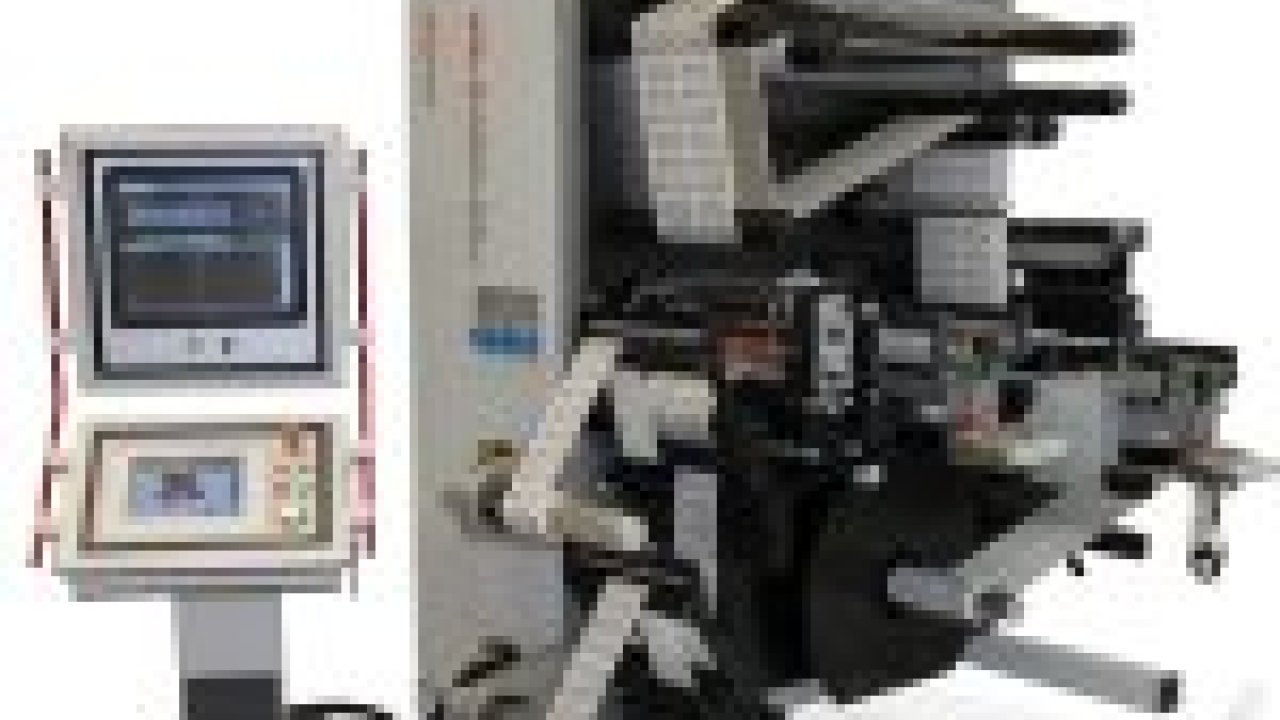Lucid Dream Software launches TaskForce workflow for flexo

Lucid Dream Software’s new TaskForce pre-press workflow includes online job submission with soft proofing, ripping, trapping, imposition, hybrid screening, and TIFF proofing and archiving.
Lucid's TaskForce integrates the company’s OnTimeProof browser based job submission with form based job ticketing and online proofing solution. Running as a service from a computer within the print shop, unlimited clients can upload files remotely, privately, and securely. Jobs are automatically or semi-automatically routed into queues based on the job ticket information. Soft proofs made from the actual ripped/trapped data are automatically uploaded back to the web site and email notices - with job thumbnail - are sent to the clients.
The TaskForce RIP can be set up as a local network printer and can be printed to from most applications or can be set up to use spool folders. Control the queues and output from directly within the RIP, there is no limit to the amount of queues you can create. TaskForce is a true ROOM workflow by ripping once and outputting a jpeg, a soft proof PDFx file, a production ready PDFx file, and also screened 1bit TIFF files.
TaskForce workflow includes Lucid's I-Trap for automatic in-rip trapping and the ability to control trapping parameters and the types of files that will be exported.
TaskForce ‘I-Tone’ hybrid screening plug-in allows you to control minimum dot size, dot shape, line screen, calibration and resolution – a tool for flexo printers that have a hard time correcting ‘highlight breaks’ while also helping others to print at a higher line screen to get better quality work.
TaskForce includes an Acrobat imposition plug-in letting users impose the production ready PDFx file and then run back through to be screened and separated.
These screened separations can be recombined in the workflow to create a PDF or DCS file. This ‘Dot Proof’ file can be sent to any color proofer using any inexpensive rip that has color management software (not included). This file can also be used for archiving and when needed again, can be run through any RIP to recreate the separations.
Stay up to date
Subscribe to the free Label News newsletter and receive the latest content every week. We'll never share your email address.

